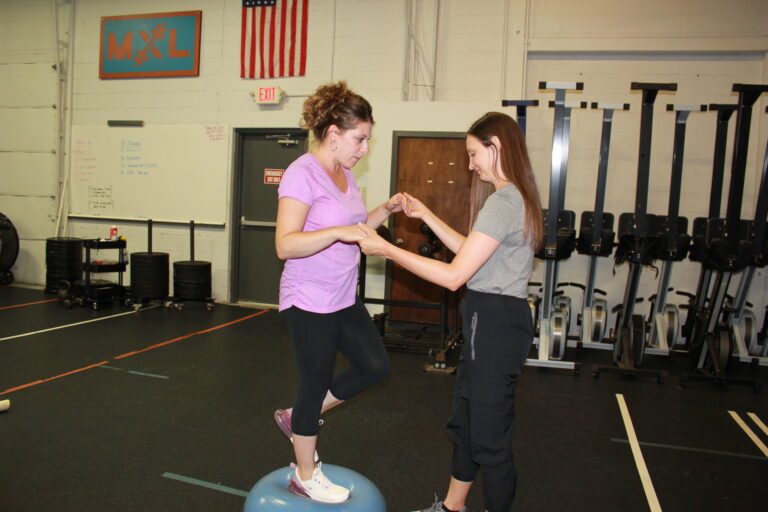Concussion/Vestibular Dysfunction

How long have the concussion symptoms persisted for you or your athlete? Are difficulties with concentration, reading, phone or computer use, walking, working out, or playing due to dizziness, nausea, blurred vision, or poor balance?
Our research has identified six distinct types of concussions in athletes. While one primary profile encompasses every patient, in most cases, two or three profiles are intertwined. These profiles include cervical (neck), mental/fatigue, eye/vestibular, head/headache, and emotional/mood. Gear Up Physical Therapy and Wellness has skilled therapists who can provide efficient and effective care by accurately determining the specific profile.
To create the profile, we consider the patient’s history, background, and symptoms following the concussion. It is insufficient to only learn the signs and symptoms; a comprehensive physical examination is also necessary. Our examination assesses the range of motion, pain threshold, and voluntary control of the cervical spine through orthopedic evaluations.
We can initiate effective treatment once the patient’s unique profile is established. Extensive research has shown that simply resting and doing nothing can be counterproductive. Gone are the days when we used to wait for the brain to heal passively after a concussion by dimming lights and avoiding stimulation. Nowadays, concussions are treated actively with appropriate interventions.
Common Symptoms We Address:
- Ocular: Visual impairments
- Vestibular: BPPV, dizziness, vertigo
- Cranial: Tension, migraine, light sensitivity, headaches
- Mental and physical exhaustion
- Sleep issues: Initiation and maintenance difficulties
- Cognitive problems: Difficulty focusing, poor recall, impaired judgment
- Emotional challenges: Lower-than-average tolerance for frustration/irritability, melancholy, panic attacks
Steps for Concussion Rehabilitation:
- Identify the primary characteristics and impairments resulting from the concussion in the patient.
- Design specific exercises tailored to the patient’s profile, such as mobilization techniques for the neck, balance exercises, vestibuloocular retraining, and an aerobic exertion program. Additionally, incorporate training and methods to enhance rest, stress management, water intake, and dietary habits.
- Gradually reintroduce exercise and sports based on the patient’s symptoms, ensuring a cautious and step-by-step approach.
What People Say About Gear Up Physical Therapy and Wellness

Want To Get Relief Faster?
Choose which option works best for you
Monday-Friday
5 am to 8 pm
Saturday & Sunday
By Appointment
